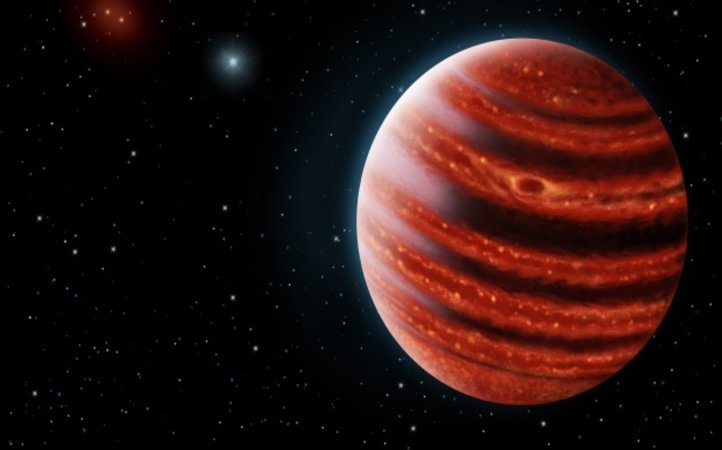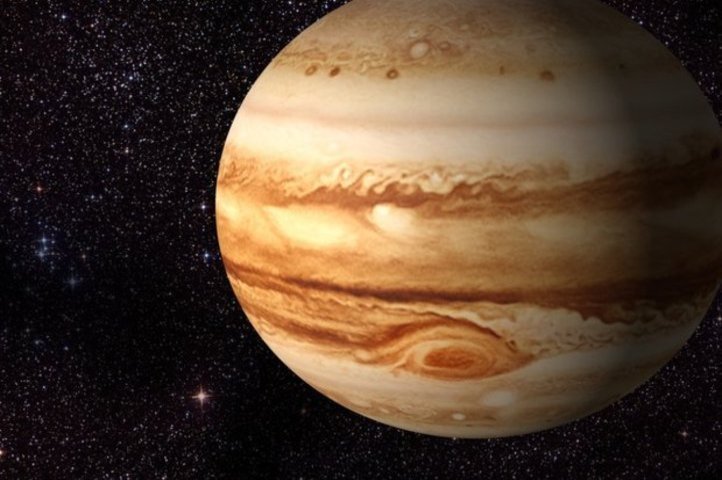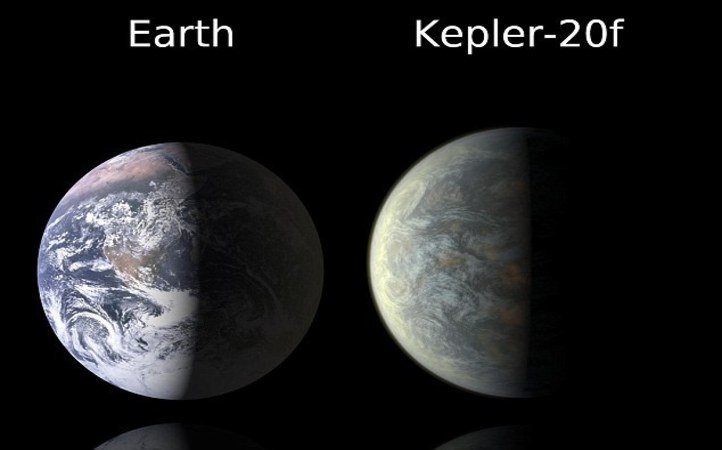What lies in the universe? Other than the things already discovered by mankind? It has always been a subject of curiosity for a species obsessed with exploring more. The present generation has been exposed to innovation and exploration at a higher frequency, and hence possesses a stronger the desire to know more.

Space exploration has reached beyond our solar system. It is now exposing the existence of new planets with their own parent star. The latest in this is a much younger, but more massive version of Jupiter.
The planet known as 51 Erindani b, was photographed by the newly commissioned Gemini Planet Imager, installed in Chile. It circles a younger counterpart of the sun which is 96 light years away from us.

The star seems to have been formed 20 million years ago, much after our solar system, and still radiates heat. It appears as a magnificent, bright red sphere, on account of glowing infrared light.
The planet is not only a fascinating discovery, among many other planets photographed recently, it will also allow scientists to research formation of planets. The high amount of methane in its atmosphere is what makes it similar to Jupiter.

Though double the size of Jupiter, Erindani is the smallest among the recently photographed planets which are between five to thirteen times the size of Jupiter.
The young one looks just like Jupiter from billions of years ago and it is still very much in the same shape as it was during its formation.

















